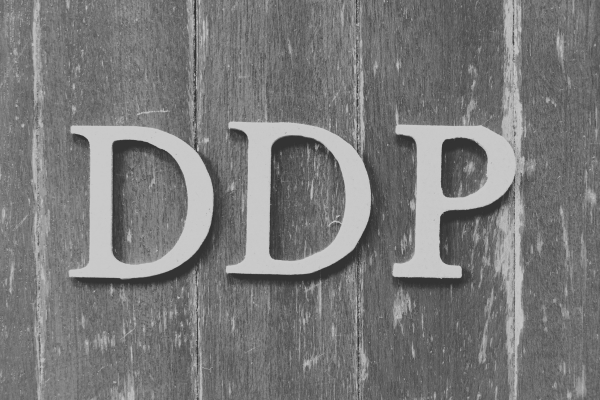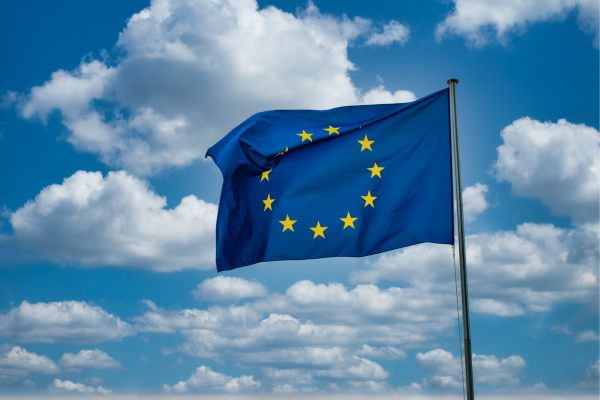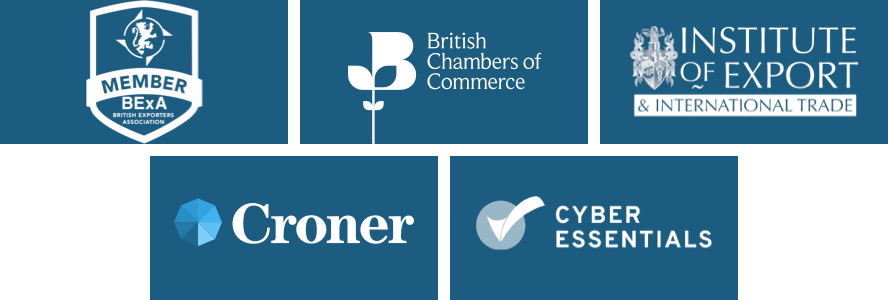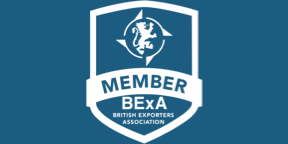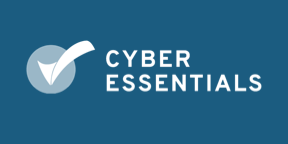BY:
SHARE:

Some exporters mistakenly perceive Incoterms® as mere jargon, a three-letter abbreviation that gets written into contracts and then appears on invoices and Customs declarations. However, mastering the use of Incoterms® can empower exporters, enabling them to save money, minimise delays, and enhance customer satisfaction.
In this “How to” Guide, we will summarise Incoterms®, what they do, and some of their shortcomings. We will also briefly examine what each of the 11 rules means for exporters.
Key points are how Incoterms® benefits exporters, some things that Incoterms® don’t do, and the exporter's responsibilities when an Incoterm is agreed upon.
Why are Incoterms® Important?
Incoterms® define some of the key rights and responsibilities of exporters and importers when moving goods. They are not compulsory to use, and indeed, they are only enforceable if both parties have agreed explicitly to them. When agreed as part of the contract, their correct use clearly identifies what each party has agreed to in matters of delivery, risk, obligations, and cost. No exporter should agree to use an Incoterm® without first ensuring that the proposed term is achievable, appropriate, and keeps the contract profitable.
But what are they?
They are a group of rules that have been produced and regularly updated by the International Chamber of Commerce to clarify what each party must do when moving goods. There are 11 Incoterm® rules in the current (2020) version, and the exporter and importer should first agree on which Incoterm® will apply to the contract.
Each Incoterm rule comprises ten obligations for each party. These cover:
- General obligations
- Delivery
- Transfer of risks
- Carriage
- Insurance
- Delivery or transport document
- Customs clearance (export and import)
- Checking/Packing/Marking
- Allocation of costs
- Notices
The Incoterm® tells the recipient what the exporter will do regarding the shipment, where the place of delivery will be (which determines where the risk of loss or damage passes to the recipient), and who will pay for each activity.
So, the rule chosen has a vital effect on what the exporter has to do, what costs they will be responsible for, and where the exporter will be at risk of the goods being lost or damaged. These aspects are fundamental to the contract, and different rules will have various consequences, notably on what the exporter must do and what costs they will incur. For that reason, the agreed rule should be incorporated into the price, and indeed, many exporters will habitually quote a specific Incoterm® when providing a quotation.
There are 11 rules in the 2020 Incoterms® set as follows:
| EXW | Ex Works |
|---|---|
| FCA | Free Carrier |
| FAS | Free Alongside Ship |
| FOB | Free on Board |
| CPT | Carriage Paid To |
| CFR | Cost and Freight |
| CIP | Carriage and Insurance Paid To |
| CIF | Cost, Insurance and Freight |
| DAP | Delivered at Place |
| DPU | Delivered at Place Unloaded |
| DDP | Delivered Duty Paid |
These rules fall into four groups, identified by their first letter.
The E group imposes very little responsibility on the exporter; the place of delivery is usually the exporter’s premises, and the exporter has no responsibility for arranging Customs declarations or shipping.
The F group requires the exporter to arrange for the goods to be Customs cleared from their country and, in some cases, to move the goods to an agreed place in their country (typically a port or airport)
.
The C group adds the responsibility to the exporter of arranging (and paying for) the movement of goods to the destination country and, in some cases, arranging insurance. The exporter does not carry the risk of loss or damage while the goods are in the main part of the transit. The legal place of delivery is in the exporter’s country.
The D group replicates the responsibility for freight but also places the risk of loss or damage on the exporter until the goods arrive at the named place in the customer’s country.
How Does an Exporter Decide Which Rule to Use?
The choice depends on several factors, including company policy (if there is one), customer preference, the nature of the goods, the destination, the urgency of the shipment, and how payment will be made. The process will typically be as follows:
- The exporter provides a quotation for the job, quoting a proposed Incoterm®. This should always comprise the three-letter abbreviation above and the precise place of delivery. Using the words ‘Incoterms® 2020’, will make it clear that the proposal will use the rule defined in the current Incoterms® 2020 guide. The exporter should have considered the costs and obligations involved, and the price quoted should reflect this.
- The buyer accepts the terms. Take care if the acceptance comes in a formal order, which may quote an Incoterm®. If this differs from the quotation, the default is that the last quoted version is applicable. At this point, the exporter will accept the importer’s proposed term, unless the exporter subsequently revises it.
- The exporter issues an order acceptance, usually setting out the details and timing. This should confirm the Incoterm® as above.
- The exporter produces or prepares the goods for shipment. The Incoterm® will specify the responsibilities in this respect, including packing and marking.
- The exporter fulfils all its obligations. This includes notices, which means informing the importer about what is happening. In some terms, this may mean informing the customer that the goods are ready for collection. Other terms will place an obligation to arrange the movement of goods to the agreed place.
- When correctly agreed, the Incoterm® rule clearly defines the place of delivery. When safely delivered to the named place, the contract is completed.
- Incoterms® do not say anything about payment; there needs to be another clause in the contract to cover this. If payment is linked to delivery, the delivery point is defined by the Incoterm®. So, for example, if payment is due on delivery, this means the buyer is obliged to pay once the arrival of the goods at the agreed-upon place is confirmed.
- Two Incoterms® Rules require the exporter to arrange insurance to the place of destination for the benefit of the importer. Incoterms® lays down the level and value of insurance to be arranged.
- Four Incoterm® 2020 Rules are only suitable for conventional (non-containerised) freight. As most sea freight is containerised, these four terms may be unsuitable for many exporters and importers.
Conclusion
Incoterms® are a vital tool in the international movement of goods (and can also be used with domestic freight). Their correct use clarifies how responsibilities are shared between both parties and provides legal protection in the event of something going wrong. Remember, Incoterms® only work if both parties clearly understand their meaning and the intention to use them is correctly set out in the documents that form the supply contract.
If you are interested in exploring this topic further, you might find it worthwhile to consider the training courses and live clinics offered by Strong & Herd LLP:
OneCall™ Email assistance as and when required; A one-call solution for all your import, export and customs enquiries. Export help. Import help. Customs help.
Stay informed about customs and international trade matters by subscribing to our OneCall™ service. This comprehensive offering includes a dedicated email helpline for support, timely practical updates direct to your inbox (Did You Know?), monthly UK Customs & Trade Briefings and access to an interactive members' area with an exclusive community for our subscribers.
International Trade Updates & Spotlight Newsletter
Subscribe to our free information emails covering international trade topics...


